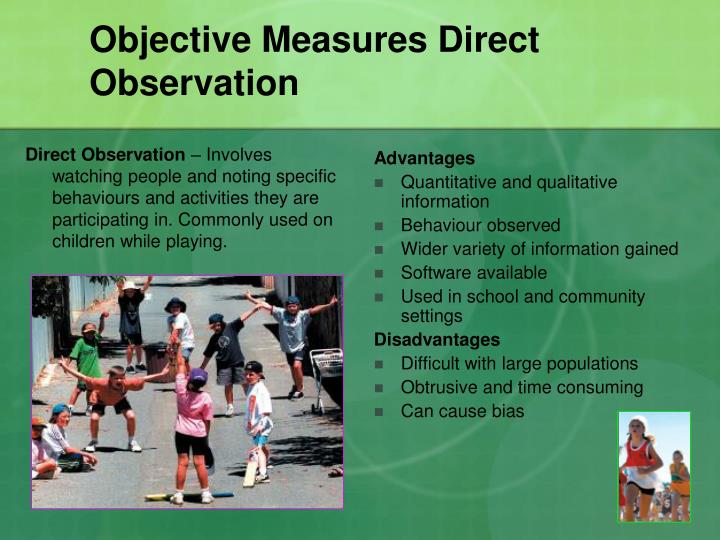
Human perception occurs by a complex, unconscious process of abstraction, in which certain details of the incoming sense data are noticed and remembered, and the rest is forgotten. The human senses do not function like a video camcorder, impartially recording all observations. So any interaction between an isolated wave function and the external world that results in this wave function collapse is called an observation or measurement, whether or not it is part of a deliberate observation process.

The interaction of the observation process appears to " collapse" the wave function into a single state. However, when an observation is made to determine the actual location or state of the object, it always finds the object in a single state, not a "mixture". In isolation, quantum objects are represented by a wave function which often exists in a superposition or mixture of different states. Quantum mechanics: In quantum mechanics, which deals with the behavior of very small objects, it is not possible to observe a system without changing the system, and the "observer" must be considered part of the system being observed.In relativistic physics, an observation must always be qualified by specifying the state of motion of the observer, its reference frame. This is not a paradox: time passes at a slower rate when measured from a frame moving concerning the object. For example, in the twin paradox one twin goes on a trip near the speed of light and comes home younger than the twin who stayed at home. Relativity: In relativistic physics which deals with velocities close to the speed of light, it is found that different observers may observe different values for the length, time rates, mass, and many other properties of an object, depending on the observer's velocity relative to the object.These are usually illustrated with " paradoxes" in which an event appears different when observed from two different points of view, seeming to violate "common sense". In some specific fields of science, the results of observation differ depending on factors that are not important in everyday observation. However, in most fields of science, it is possible to reduce the effects of observation to insignificance by using better instruments.Ĭonsidered as a physical process itself, all forms of observation (human or instrumental) involve amplification and are thus thermodynamically irreversible processes, increasing entropy. For example, it is not normally possible to check the air pressure in an automobile tire without letting out some of the air, thereby changing the pressure. One problem encountered throughout scientific fields is that the observation may affect the process being observed, resulting in a different outcome than if the process was unobserved. Scientific instruments were developed to aid human abilities of observation, such as weighing scales, clocks, telescopes, microscopes, thermometers, cameras, and tape recorders, and also translate into perceptible form events that are unobservable by the senses, such as indicator dyes, voltmeters, spectrometers, infrared cameras, oscilloscopes, interferometers, Geiger counters, and radio receivers. Human senses are limited and subject to errors in perception, such as optical illusions. Measurement reduces an observation to a number that can be recorded, and two observations which result in the same number are equal within the resolution of the process. In measurement, the number of standard units which is equal to the observation is counted. The standard unit can be an artifact, process, or definition which can be duplicated or shared by all observers. The measurement consists of using observation to compare the phenomenon being observed to a standard unit. The use of measurement was developed to allow recording and comparison of observations made at different times and places, by different people. Human sense impressions are subjective and qualitative, making them difficult to record or compare. However, the need for reproducibility requires that observations by different observers can be comparable. Observations play a role in the second and fifth steps of the scientific method. Have peers with experience researching the same phenomenon evaluate the results.Write a descriptive method of observation and the results or conclusions reached.

Draw a conclusion from data gathered in the experiment, or revise the hypothesis or form a new one and repeat the process.Test the hypothesis' predictions by an experiment, observational study, field study, or simulation.Predict logical, observable consequences of the hypothesis that have not yet been investigated.




 0 kommentar(er)
0 kommentar(er)
